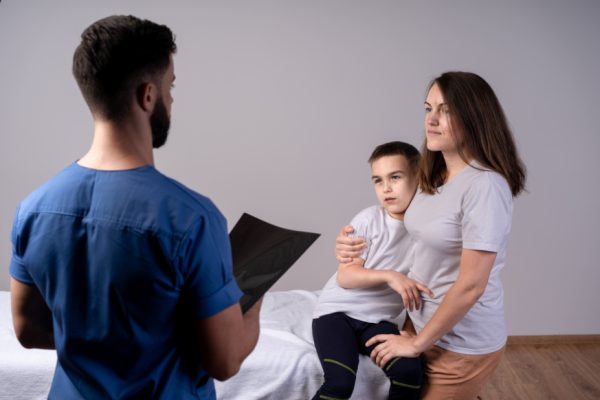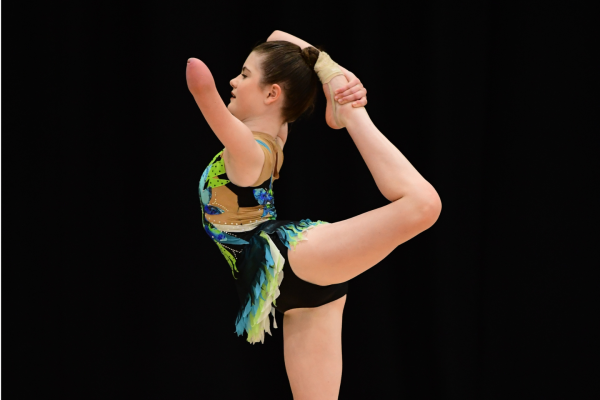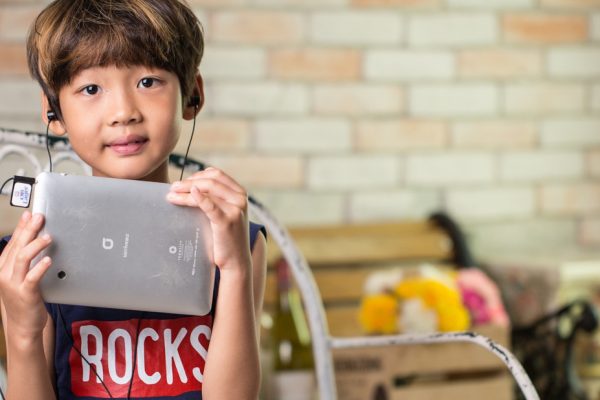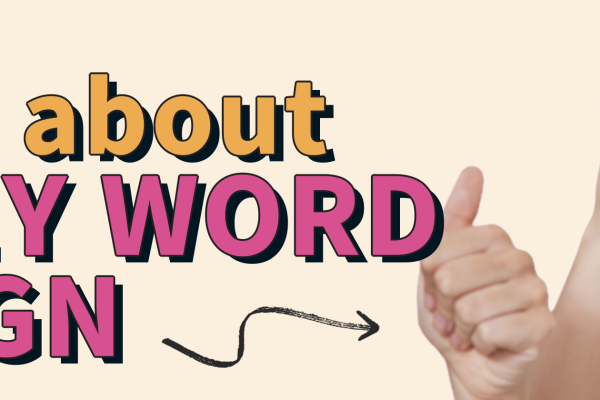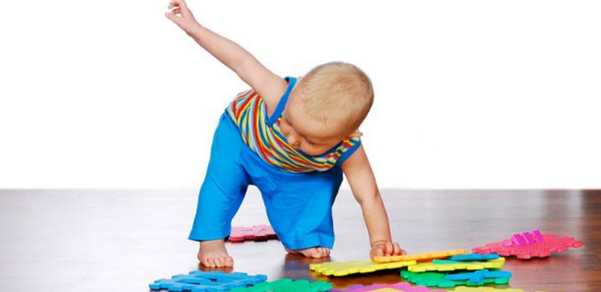
Physio tips: 10 fun ways to improve balance indoors
Good balance and coordination is not genetic; it is the culmination of many factors, starting from gaining head and trunk control in conjunction with visual control (coordinating eye movements, being able to stare at and track moving objects) and righting reactions (maintaining your head in the midline as your body moves) to developing body awareness (knowing where you and your limbs are in space and precisely judging movement patterns to perform various activities), spatial awareness (knowing how much space you need) and of course having the postural strength and endurance to maintain a stable trunk and head to not slip, trip or fall down when challenged. These factors are trainable.
Our sensory systems (visual, vestibular, touch and pressure) play a major role in the development and maturation of ability to maintain our balance in all environments and across a variety of tasks from sitting at a table to running, kicking balls or riding a bike. So logically the activities to improve our balance need to stimulate these senses and improve our postural strength and endurance, and limb sense awareness.
Depending on the age and development of your child these activities can be performed in sitting, kneeling, standing, or, to really push the envelope or to challenge other members of the household, standing on one leg.
1. Balloon play: chasing the balloon, keeping it up o the ground (less likely to break windows than a ball!)
Enhances: visual tracking and perception, righting/ equilibrium and protective reactions, motor planning, spatial awareness and postural control
2. Obstacle courses: cushions on the oor, tunnels through the chairs or under the table or your legs, swimming noodles, to walk, crawl, roll through
Enhances: visual perception, motor planning, righting/equilibrium and protective reactions, spatial awareness, strength and control
3. Dancing or Ninja turtle moves: +/- weapons – two cardboard rolls from the kitchen paper towel held together with cord make an excellent set of nunchucks to ght imaginary ‘bad guys’.
Enhances: motor planning, righting/equilibrium and protective reactions, spatial awareness, strength and control
4. Twister: the goal is to make your way across the mat and can therefore be an individual activity, add in elbows and knees to promote more body awareness
Enhances: motor planning, righting/equilibrium and protective reactions, spatial awareness, joint and body sense awareness, postural strength and control
5. Simon says: using a range of movements
Enhances: motor planning, righting/equilibrium, reactions, spatial awareness, joint and body sense awareness, postural strength and control
6. Freeze: with or without music
Enhances: righting/equilibrium reactions, spatial awareness, joint and body sense awareness, postural strength and control
7. Animal poses: make up certain poses and name them your favourite animals and then randomly call them out – progression from twister and freeze
Enhances: motor planning, righting/equilibrium and protective reactions, spatial awareness, joint and body sense awareness, postural strength and control
8. Skittles: vary your starting position – from sitting, kneeling, standing, squatting/lunging to lunging on one leg
Enhances: motor planning, righting/ equilibrium and protective reactions, spatial awareness, joint and body sense awareness, postural strength and control, also involves visual perception
9. Stomping on a squeaker toy (pet toys are ideal): can be carried out in sitting, kneeling or standing – it is harder to quickly stomp and return foot to starting position than to stomp down hard on the toy – but that is more fun!
Enhances: motor planning, righting/equilibrium and protective reactions, spatial awareness, joint and body sense awareness, postural strength and control, also involves visual perception
10 Rocking horse/horsey rides: on your legs or the arm rest of the couch
Enhances: righting/equilibrium reactions, postural strength and control
Have fun and here’s to less Dettol and Bandaids!
Written by Jane Brooksbank, physiotherapist, Movement Solutions www.movementsolutions.com.au




